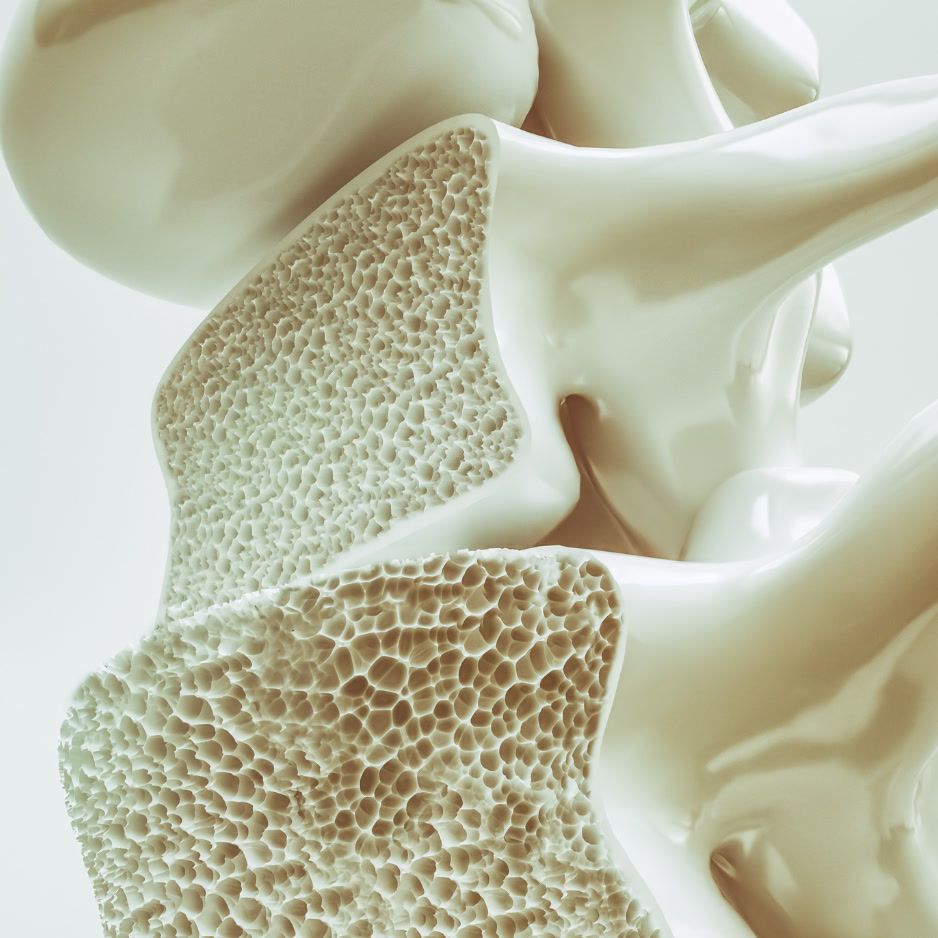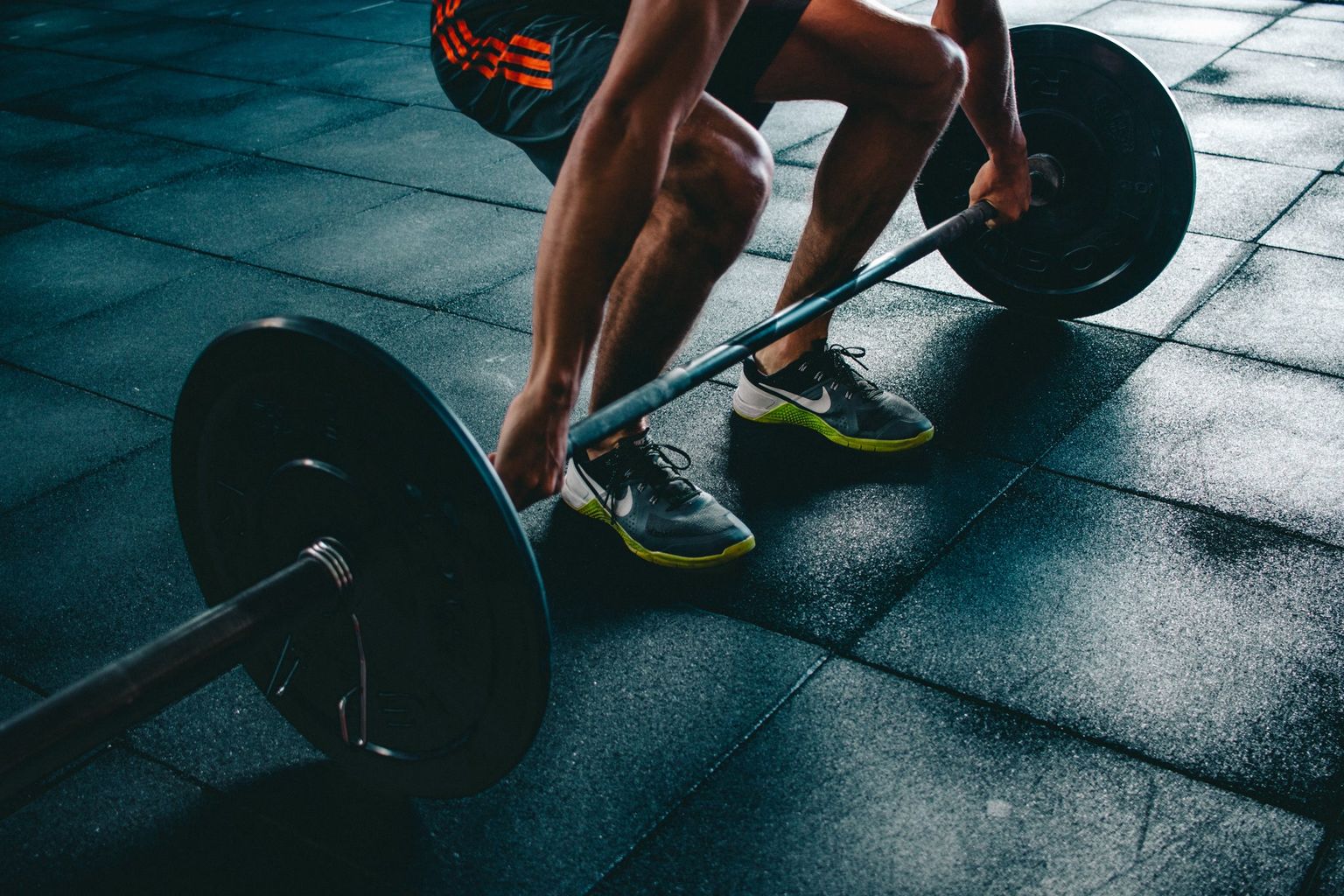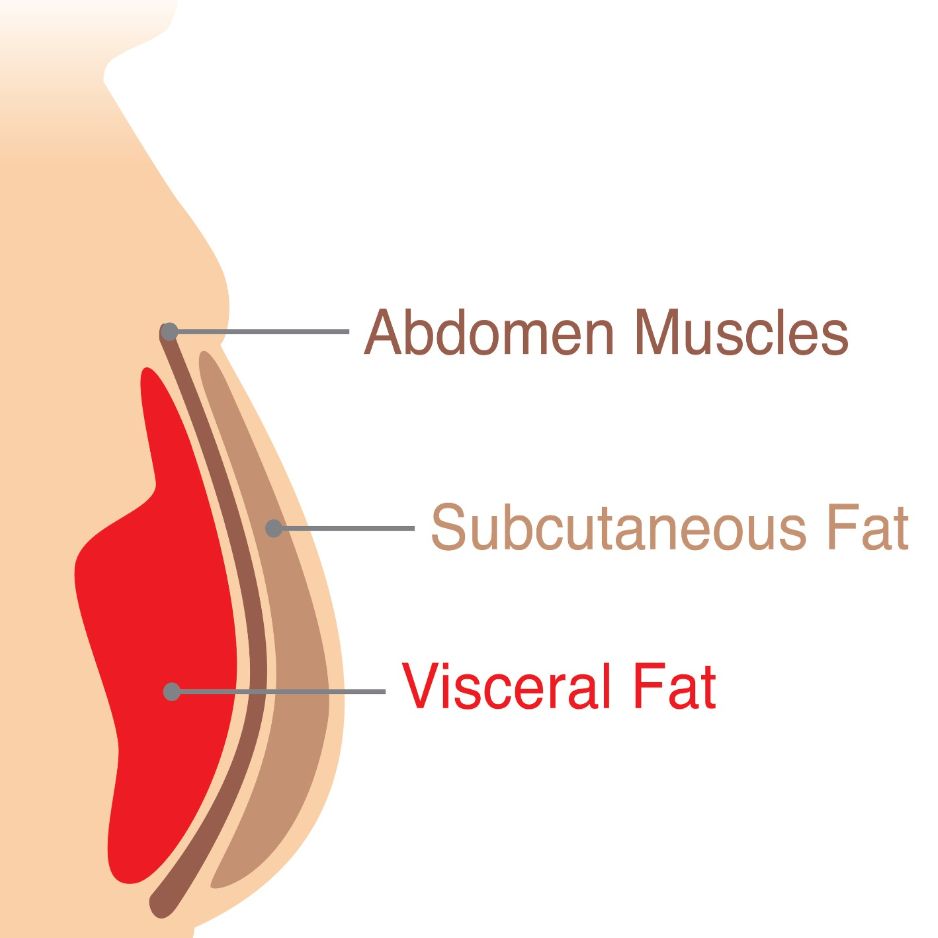BodySpec DEXA vs. Other Body Composition Tests
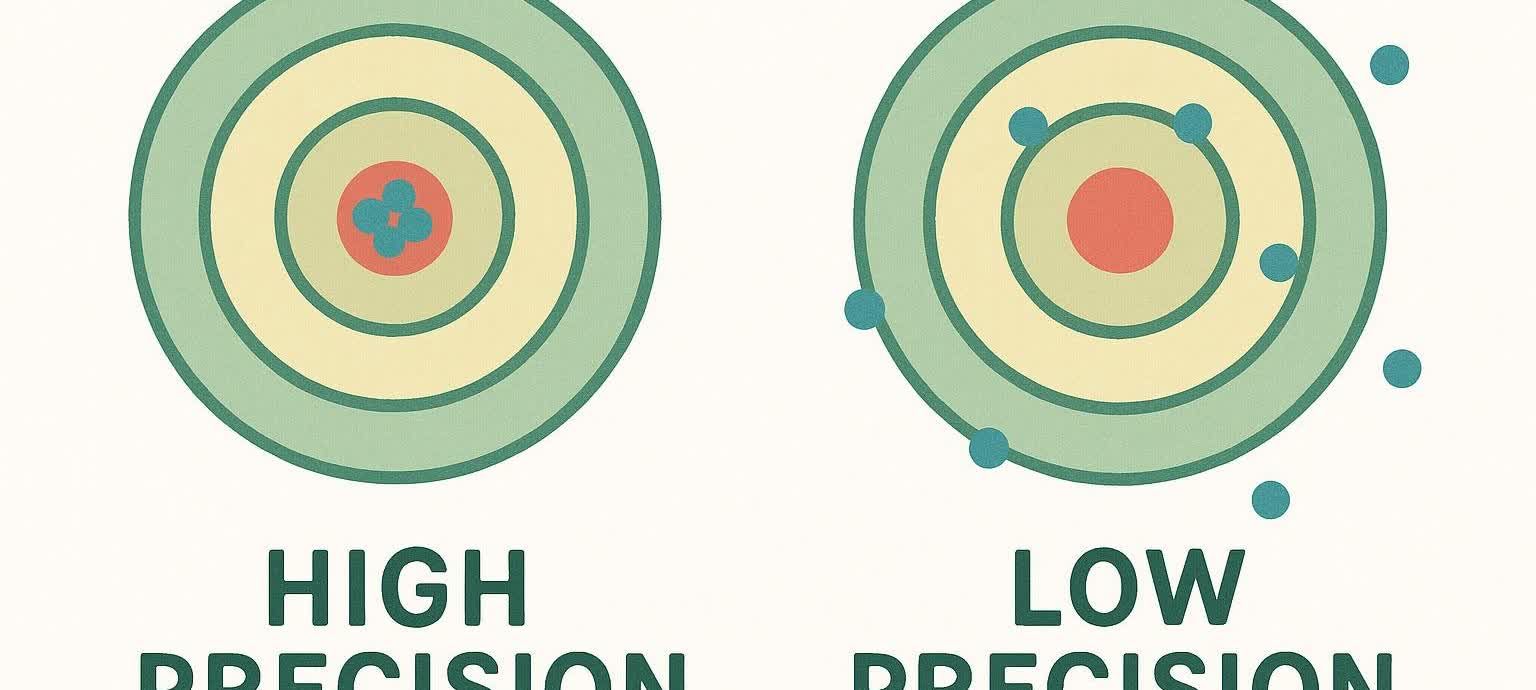
BodySpec DEXA vs. Every Body Composition Test Out There (Including Other DEXA Providers)
TL;DR – If you want an ±0.5–1 % error margin, visceral-fat data, and an interactive report powered by 400,000+ proprietary scans, BodySpec’s mobile DEXA edges out every mainstream alternative—including other DEXA operators.
Understanding your body composition provides crucial insights far beyond the number on a scale. It’s how athletes dial in macros, how trainers prove progress, and how everyday health-seekers spot silent risks like visceral fat. The problem? Accuracy, insights, and convenience vary widely between technologies and providers. This guide compares BodySpec’s DEXA scans with popular alternatives—plus a head-to-head with other DEXA storefronts—so you can choose the tool that fits your goals and your calendar.
Quick Look at Today’s Testing Options
| Method | What It Measures | Typical Error Margin | Time on Table / Device | Notable Limitations |
|---|---|---|---|---|
| BodySpec DEXA | Total & regional fat, visceral fat, lean mass, bone density | ±0.5–1 % (BodySpec accuracy protocols) | 6–10 min | Small X-ray dose; must lie still |
| Other DEXA Operators | Same metrics as BodySpec | ±1–2 % (multi-site precision range reported in Shepherd 2017) | 10–30 min | Higher cost, limited follow-up support |
| 3D Optical Scanning | 3D body shape → estimated fat %, lean mass | ±4–6 % (Ng 2023) | 1–2 min | No bone or VAT data; clothing & lighting affect results |
| InBody / BIA | Total fat %, lean mass, hydration | ±3–8 % (Ling 2011) | 1–2 min | Hydration skews results; no visceral-fat or bone data |
| Hydrostatic Weighing | Total fat %, lean mass | ±5–6 % (Duren 2008) | ~20–30 min incl. changing | Requires full exhalation underwater; lab-only |
| Skinfold Calipers | Estimated total fat % | ±3–4 % with expert tech (Jackson & Pollock 1985) | ~10 min | Operator skill critical; no visceral or bone info |
| Smart Scales (Home BIA) | Estimated fat %, weight | ±4–10 % (varies by brand) | Seconds | Highly affected by hydration & calluses |
Key takeaway: DEXA delivers medical-grade accuracy with regional and bone data—while BodySpec adds mobile convenience, AI coaching, and deep comparative analytics powered by its giant scan database.
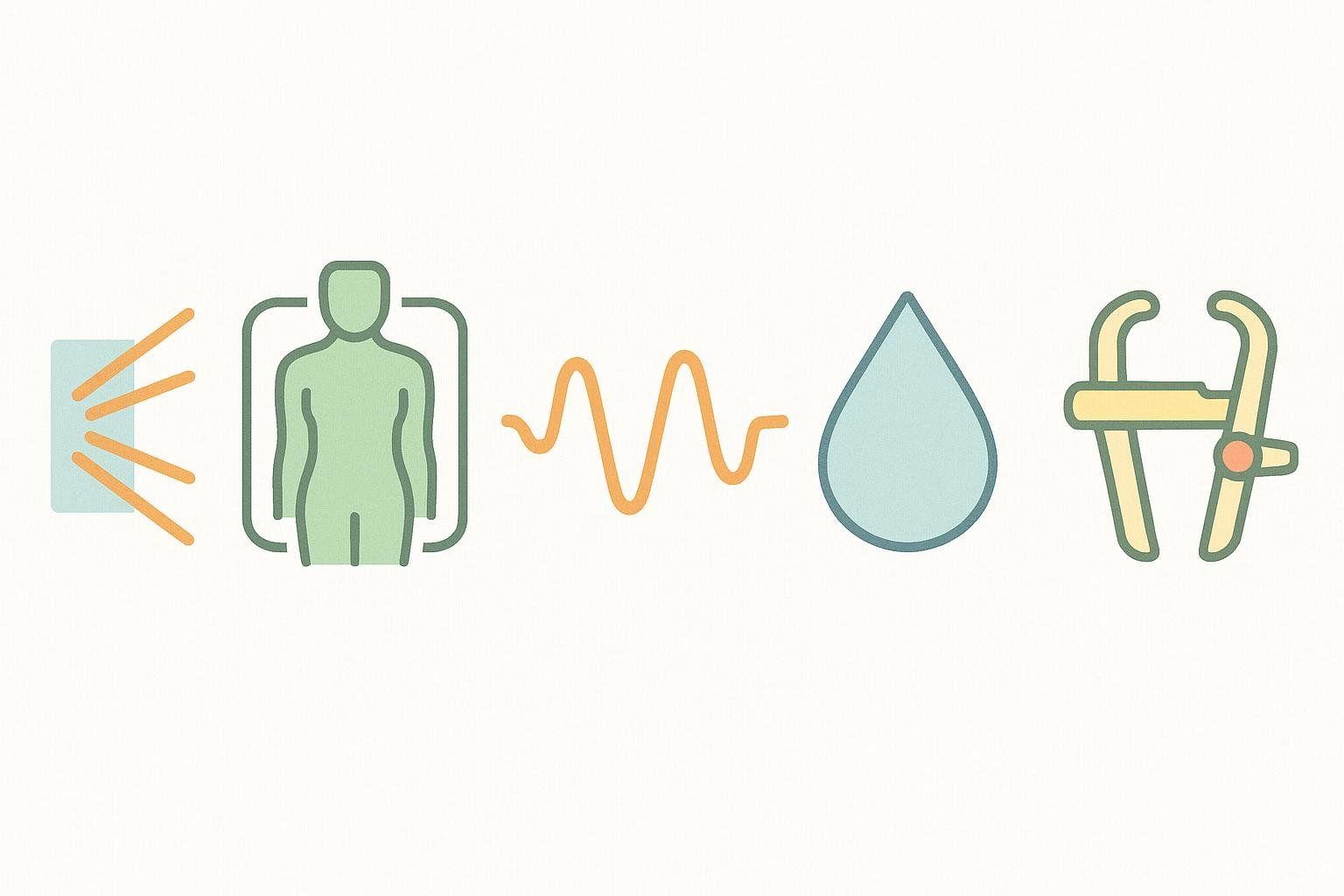
How Each Method Works – The 60-Second Version
- DEXA: Two low-dose X-ray beams differentiate bone, fat, and lean tissue. Lie still, get a digital report.
- 3D Optical Scans: Multiple cameras capture a 3D mesh. Software predicts composition from shape stats—no X-rays.
- BIA Scanners: A mild electrical current estimates tissue makeup; hydration throws it off. Common examples include InBody devices.
- Hydrostatic Weighing: Underwater weight reveals density; more floating = more fat.
- Skinfold Calipers: A technician pinches fat folds and plugs values into equations.
What Sets BodySpec Apart
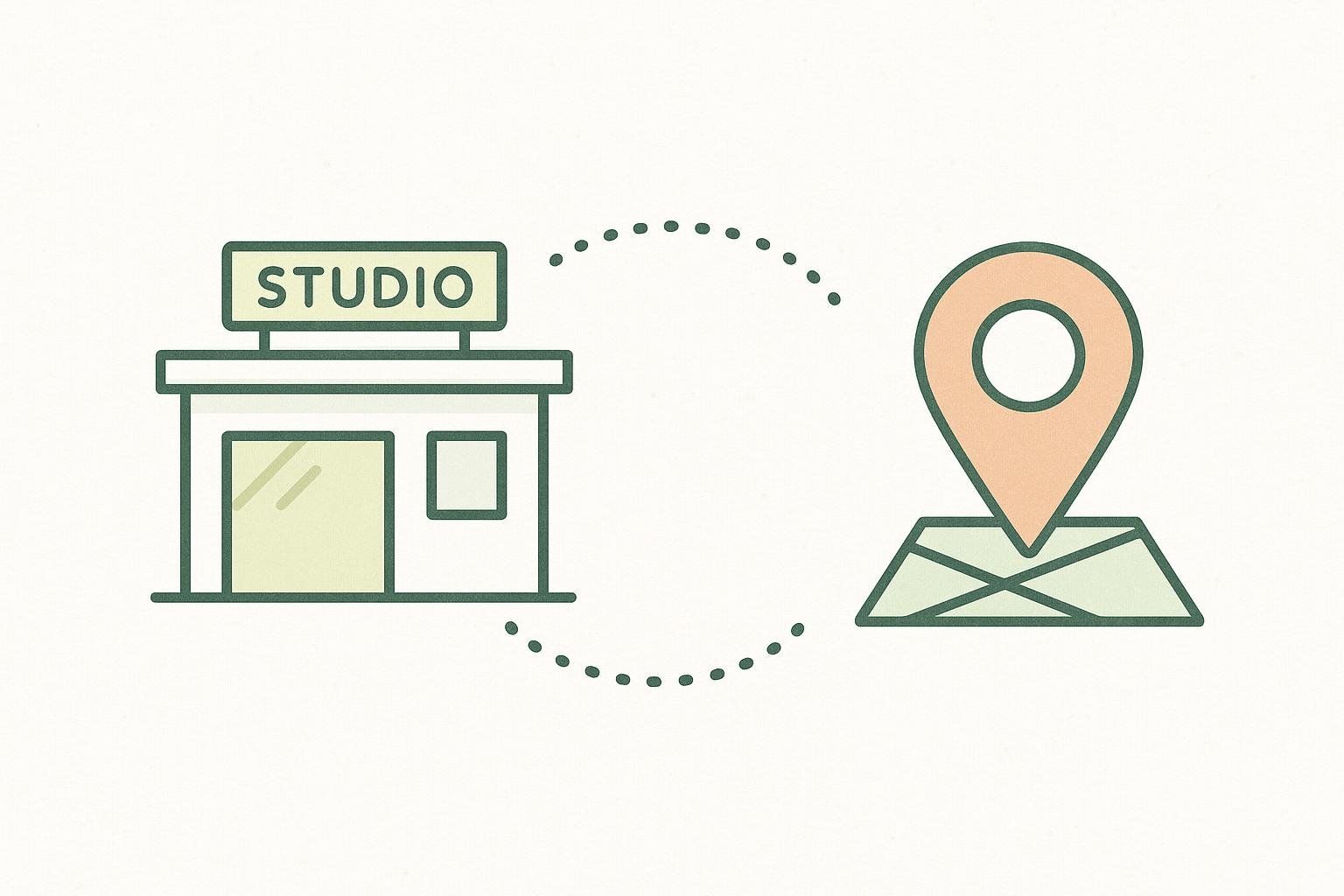
- Ultra-Tight Accuracy (±0.5–1 %) – Daily calibration plus proprietary QA protocols keep readings razor-sharp (How BodySpec calibrates its scanners).
- Mobile + Studio Access – Scan in a truck at your gym, office, or neighborhood, or drop into a permanent studio—no hospital vibes.
- Interactive Dashboard – Zoom into limb-by-limb lean mass, color-coded visceral-fat maps, and goal-tracking sliders.
- 400,000+ Scan Database – Proprietary archive of scans collected since 2013 powers percentile charts and trend insights (internal data, May 2024).
- AI Coach & On-Demand Support – AI-powered chat support offers insights based on your personal results plus patterns found across the larger dataset.
- Wallet-Friendly Pricing – Memberships push per-scan cost below $40—often half what storefronts charge.

BodySpec pairs rigorous quality control with ongoing tech innovation to deliver a consistent, data-rich client experience.
BodySpec vs Other DEXA Providers
| Feature | BodySpec | Other DEXA Operators |
|---|---|---|
| Price per scan | $45–$70 (membership < $40) | $70–$250 |
| Storefront studios | Yes | Primarily storefronts |
| Mobile clinics | Yes – trucks visit gyms & offices | Rare |
| Time on table | 6–10 min | 10–30 min |
| Report depth | Interactive dashboard, trend tools, visceral-fat heat map | Mostly static PDFs |
| Comparative database | 400,000+ scans | Limited local data |
| Ongoing support | AI chat coach | None or pay-per-consult |
| Scheduling | Instant online booking | Varied (phone, portal, referral) |

Same scanner, different experience. BodySpec wraps gold-standard hardware in athlete-friendly software, transparent pricing, and go-anywhere access.
Accuracy Deep Dive: Why ±0.5–1 % Beats the Rest
DEXA’s precision—how tightly repeated scans agree—is typically within 0.5 % when machines are properly calibrated. Multi-center reviews show CV values between 0.5 % and 1 %, with drift < 0.5 % over decades (Shepherd 2017). BodySpec’s daily phantom checks keep results at the low end of that range.
By contrast, BIA can swing 2–3 body-fat-percentage points from morning to night, and hydrostatic weighing demands perfect lung exhalation—miss by ½ L and you introduce ~2 % error. 3D optical models improve on BIA but still carry ±4–6 % uncertainty and can’t quantify visceral fat.
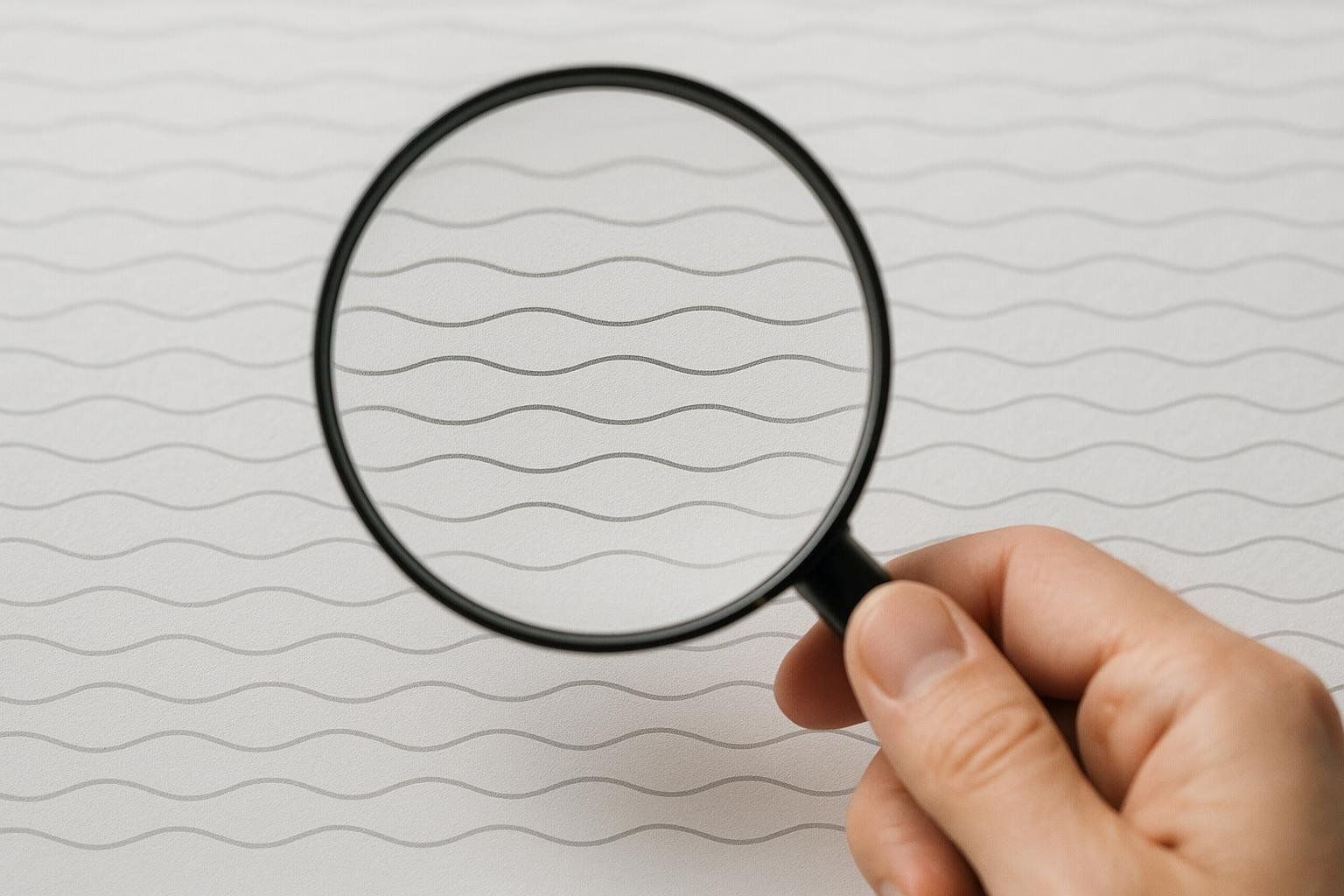
Real-World Example
Imagine a 170-lb person at 20 % body fat (34 lb fat, 136 lb lean). After 12 weeks of disciplined training they drop to 18 % body fat (31 lb fat): a 3-lb fat loss.
- BodySpec DEXA: ±0.5–1 % error → the 3-lb change is crystal-clear.
- Typical Lab DEXA: ±1–2 % error → progress is visible but less definitive.
- BIA Scale: ±5 % error → ±8.5 lb noise hides the change entirely.
DEXA is trusted by programs ranging from NASA’s astronaut bone-health assessments to GSSI research on football player body composition.
Visceral Fat: The Hidden Metric Most Tests Miss
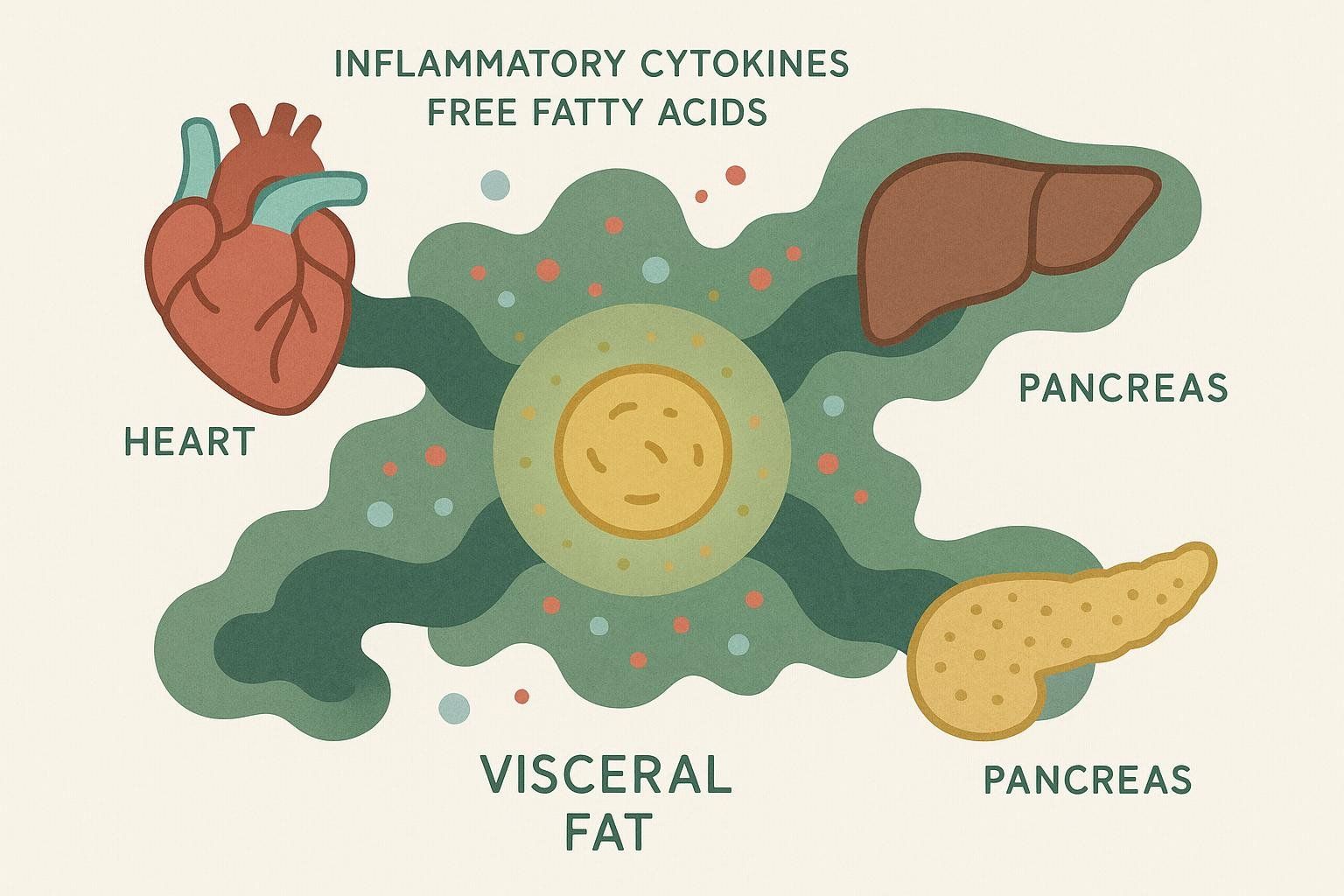
Visceral adipose tissue (VAT) wraps your organs and drives up risk for heart disease and insulin resistance (Harvard Health). Because VAT hides under muscle, calipers, BIA, and 3D scanners can’t isolate it. DEXA can—and BodySpec color-codes VAT so you know instantly where you stand.
Want more on belly-fat biology? Learn the difference between subcutaneous and visceral fat.
Cost Breakdown
| Method | Typical Cost |
|---|---|
| BodySpec DEXA | $45–$70 (membership < $40) |
| Other DEXA Operators | $70–$250 |
| 3D Optical Scanning | $30–$50 |
| InBody/BIA | Free–$35 |
| Hydrostatic Weighing | $60–$100 + travel |
| Skinfold Calipers | Bundled with training |
| Smart Scales | $20–$150 device |
Bottom line: DEXA isn’t the cheapest snapshot—yet BodySpec delivers the richest dataset per dollar.

Which Test Fits Your Situation?
| Goal | Best Choice | Why |
|---|---|---|
| Want undeniable proof your plan is working | BodySpec DEXA | Detects ~0.1 lb changes; regional muscle view |
| Quick gym check-in | InBody | Speed & ubiquity |
| Remote wellness challenges | 3D Optical Scan | Fast, no radiation |
| Budget baseline for large groups | Skinfold | Low equipment cost |
| Casual home trend watching | Smart Scale | Convenience |
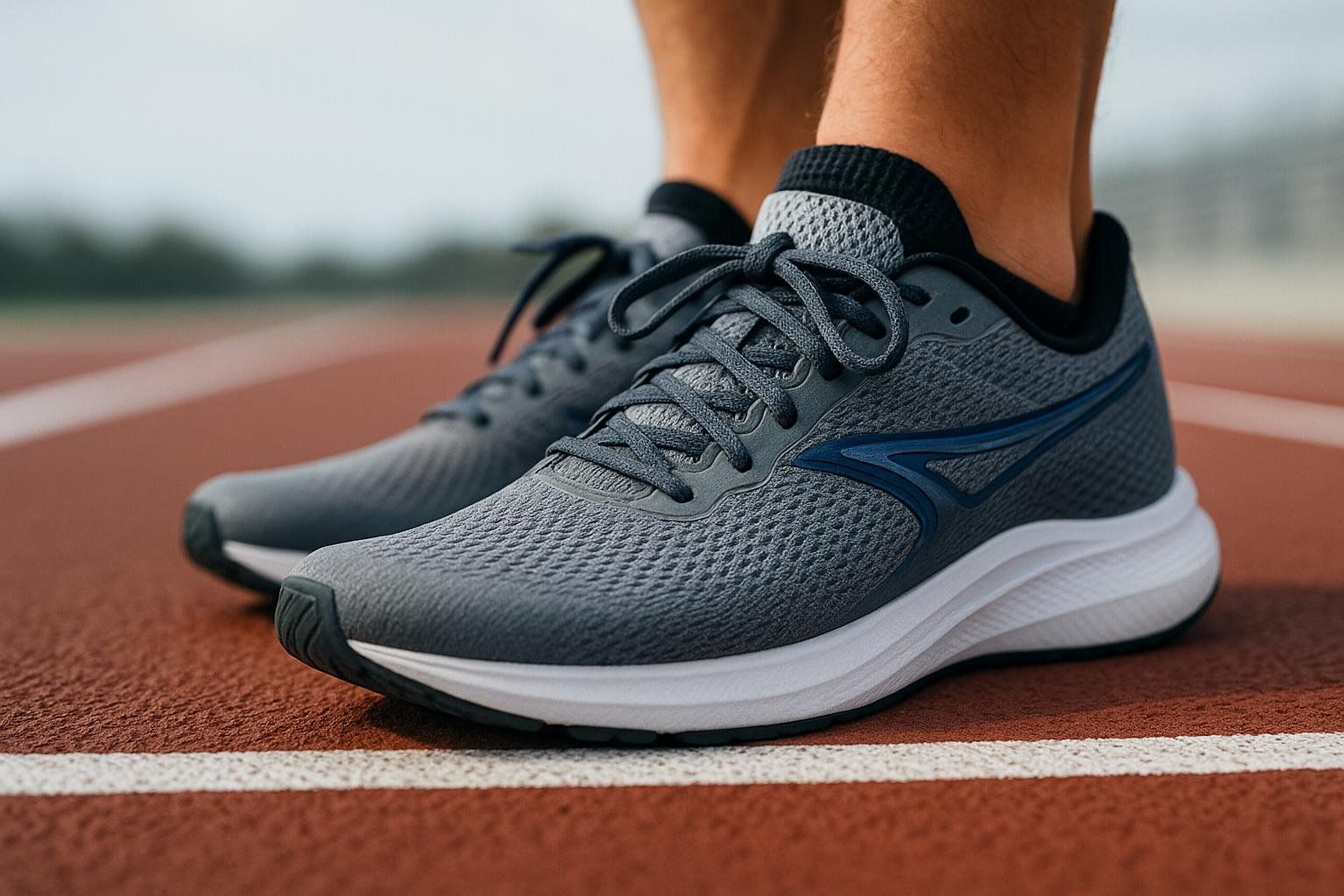
FAQ
Is BodySpec’s DEXA scan safe?
Radiation exposure is about the same as eating four bananas—Learn about DEXA radiation safety.
How often should I scan?
Most clients scan every 3–4 months to track meaningful tissue changes.
Can I eat or work out before a DEXA?
Arrive hydrated, skip heavy meals for 2–3 hours, and avoid sweaty workouts right before. See 5 Tips for a Successful BodySpec Scan.
Does BodySpec offer bone-only scans?
Every BodySpec session includes bone mineral density—no extra appointment required.
Do I need a doctor’s referral?
No referral needed—book online in less than a minute.
The Verdict
When you weigh accuracy, data depth, and on-demand coaching tools, BodySpec’s DEXA stands out. It fits into a lunch break, quantifies visceral-fat risk, and detects muscle changes smaller than a protein bar—then backs it all with a large, continuously growing dataset and an AI chat coach. Ready to see what’s under the hood? Book your scan today.
